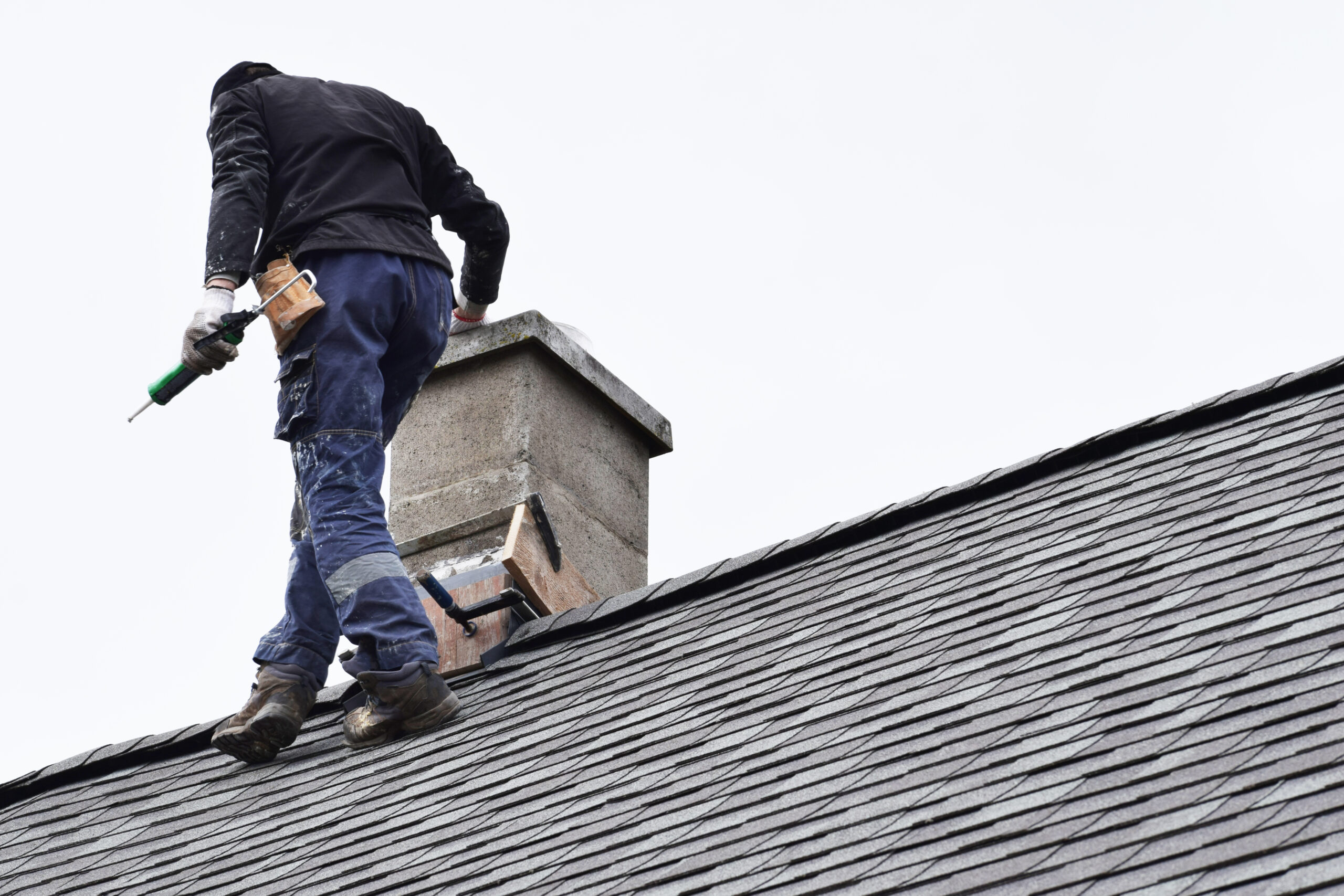Chimneys are an important and often overlooked part of the house. A chimney professional should inspect your chimney annually before you begin using it again in the cool weather.
Of course, it may be easy to go years without checking on maintenance steps that should be done yearly, but house fires are a very real possibility in poorly maintained chimneys.
Here are eight do’s and don’ts of chimney maintenance.
Don’t Ignore Cracks.
Chimneys are designed to vent smoke away from your home. If there are cracks in its foundation, smoke and combustion materials may not vent and could build up in the cracks, causing a fire hazard.
Pay attention whenever and wherever cracks form in your chimney. They are the most common cause of masonry chimney issues. Most often they are in the crown, but you can also find them in the brick, fireplace or mortar.
If you don’t fix them, it could lead to further issues down the road, such as having to replace your entire chimney.
Don’t Leave Limbs Untrimmed.
If you have trees in your yard that come close to your chimney, make sure you trim or prune the limbs. Just be sure to get the proper ladders and tools if you don’t want to pay a professional for this service.
Leaving limbs by a chimney could restrict airflow into your fireplace, which can quickly become a fire hazard.
Don’t Downplay Creosote Buildup.
A small fire will create less smoke and creosote. Creosote is a buildup of carbon that forms when fossil fuels, wood or tar burn. It can be dangerous because it can clog your chimney and lead to house fires or carbon monoxide poisoning.
Another way you can prevent creosote buildup is by picking the right kind of wood to burn in your fireplace. Woods such as ash, birch, maple and oak burn hotter and create less creosote than softer woods like pine or cypress.
To prevent creosote condensation, you will also want to make sure that your fireplace is burning at 250 degrees Fahrenheit, so check the temperature.
This small fire safety tip may seem simple, but ignoring it could cost you big time if a house fire starts.
Don’t Uncap Your Chimney.
What is an uncapped chimney?
An uncapped chimney is when there are no fire blocks or bricks that prevent the warm air from the fireplace from entering the chimney. Fire blocks are necessary because they will help to reduce heat loss. If you remove them, you risk having your chimney fill with cool air during colder weather.
Cover the top of your chimney with a wire-mesh cap. It will keep animals, insects, water and other debris from entering your home. The cap also protects the damper from water penetration and prevents rust within the chimney.
Make sure you check the cap now and then. You’ll know it may be time to replace your cap when it rusts or cracks due to inclement weather or creosote buildup.
Do Keep an Eye on the Damper.
Before the flue, there’s a movable plate that sits above the fireplace called the damper. When thinking about chimney maintenance, the damper should be on your list. It prevents warm or cool air in the house from escaping through the flue.
Make sure no debris prevents the damper from opening and closing. If the damper won’t open and you try to start a fire in the fireplace, the smoke will not properly vent outside.
Do Maintain Your Chimney Liner.
The chimney or flue liner borders the inside and goes all the way through your chimney. It connects to the stove pipe. Its purpose is to carry the smoke up instead of releasing it into the entire chimney.
If the chimney liner becomes blocked and you start a fire, it could lead to carbon monoxide poisoning or a house fire. The liner may become blocked from creosote, which you cannot see by inspecting the fireplace from the outside.
This is why chimney maintenance is important. Your chimney specialist will sweep the liner with a special kind of brush called polypropylene bristle brushes, clearing any creosote, soot and other debris in the liner.
Do Sweep Up Ashes.
Another vital way to prevent house fires is to make sure you’re constantly cleaning out the ashes from your fireplace before starting another fire. You may do this by simply sweeping or vacuuming them up after they’ve cooled. Always remember that coals can remain hot for up to three days.
Do Get Your Chimney Cleaned and Examined Once per Year.
It’s important to get your chimney cleaned and examined at least once a year if you use it regularly. This will ensure that you’re finding and fixing the problem areas of your chimney and fireplace, such as buildup, cracks or other defects, without further unfortunate consequences. In addition, ask your chimney specialist to check the cap.
Contact Ray Arnold Masonry today for exceptional chimney repair services.

